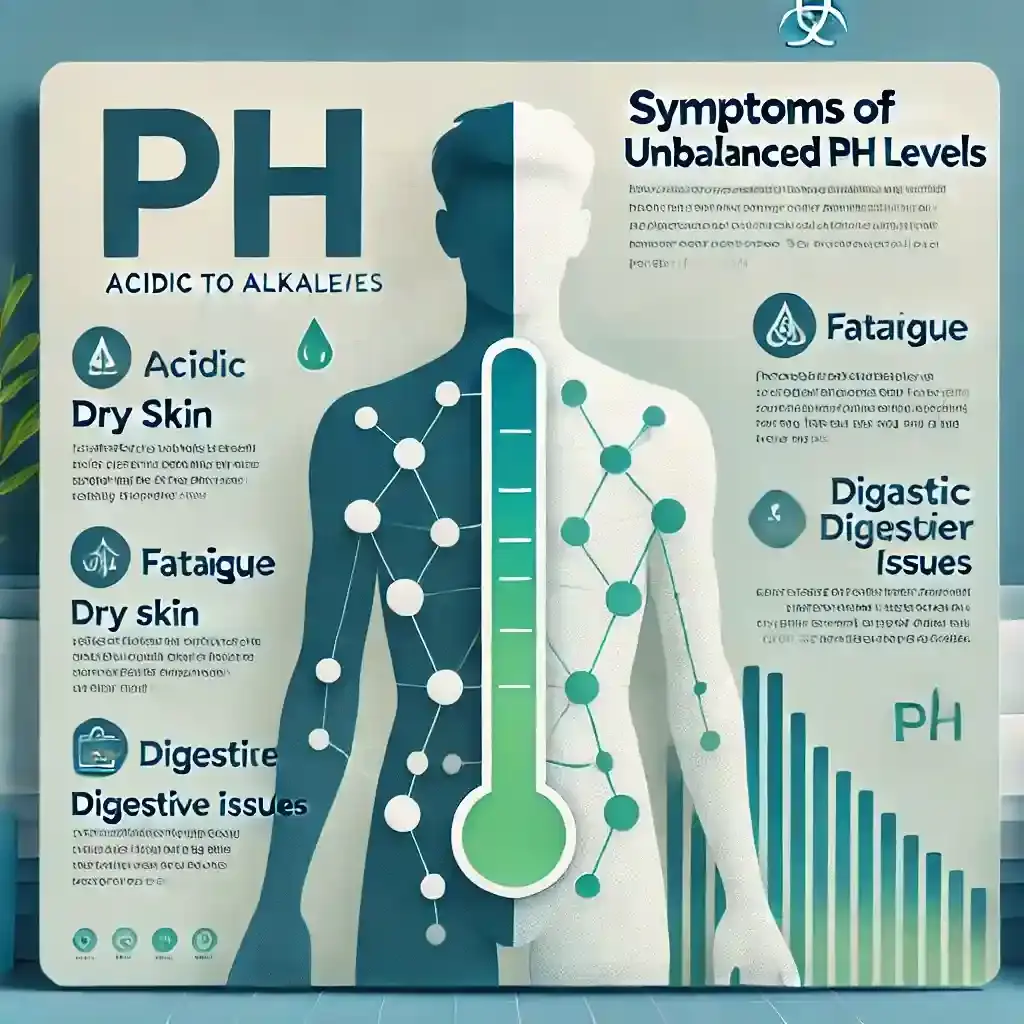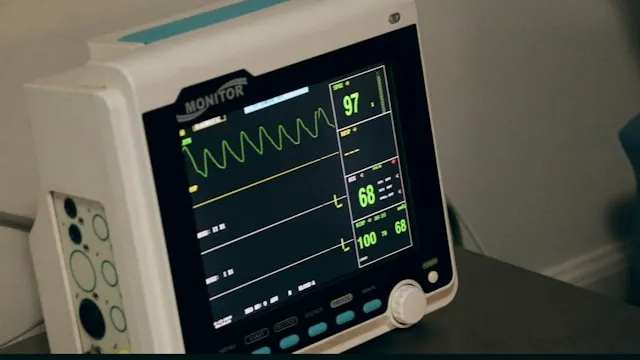|
Checking heart blockage at home involves watching symptoms, tracking blood pressure, and using monitoring devices. These methods don’t replace medical tests but support early detection and lower long-term risks. |
The heart never really asks for much. Just steady fuel, clear passageways, and a rhythm that keeps us alive without a pause. But when those blood highways begin to narrow, the risk grows silently. Look, it’s no small matter; blockages in the coronary arteries can creep up without a sound.
The problem? A partial clog may hide under the surface until things get worse. The good part is this: there are ways to notice signs early and reduce the risk. This isn’t about replacing a doctor. It’s about awareness, about learning how to check heart blockage at home, and knowing when action becomes urgent.
How to Check Heart Blockage at Home
People often ask whether it’s truly possible to figure out if something so serious is happening inside the body without advanced scans. The honest answer is: you can’t confirm a blockage at home, but you can spot warning signs and track vital indicators. That’s the difference between prevention and late-stage reaction.
1. Watch the subtle shifts
Symptoms of heart blockage are not always dramatic. Fatigue that lingers. Shortness of breath when climbing stairs. Dizziness that seems unexplainable. These are early clues, not proof, but they shouldn’t be brushed aside.
2. Use simple checks
Checking pulse and heart rate regularly gives insight into rhythm and workload. A normal resting heart rate falls between 60–100 beats per minute. Deviations, too high or irregular, may suggest the heart is under pressure.
3. Rely on home devices wisely
Heart health monitoring devices are now in many homes. A portable ECG for home use can record electrical activity, though accuracy varies. Smartwatches? They can detect rhythm changes, but not a direct blockage. Still, these tools have become some of the best at-home devices for detecting heart problems.
4. Blood pressure matters
Blood pressure monitoring for heart health remains critical. Consistently high numbers raise suspicion of coronary issues. Experts from NIH/NHLBI confirm that cardiovascular disease, coronary heart disease, and hypertension account for large parts of the disease burden in U.S. adults. That’s not background noise, it’s reality.
So yes, while at home, tests for heart blockage are limited, the combination of symptom awareness, simple checks, and monitoring devices gives you a chance to detect risk early. That’s the purpose.
Almost half of U.S. adults have at least one of three key risk factors (high blood pressure, high cholesterol, or smoking) for coronary heart disease.
Bottom line: Home methods only hint at problems but can’t confirm blockages. However, tracking these metrics helps spot red flags:
|
Home Check |
How to Do It |
What It Tells You |
|
Blood Pressure Monitor |
Sit calmly for 5 minutes, then use a digital BP monitor on your upper arm. |
High readings signal artery stress. |
|
Pulse Rate |
Check your pulse on your wrist or neck for 60 seconds; use a heart rate monitor if available. |
Irregular rhythms or high resting rates may indicate heart issues. |
|
Stair Test |
Time yourself climbing 60 stairs (or 30 up and down) within 90 seconds. |
Fatigue or breathlessness can signal heart or lung problems. |
|
Symptom Journal |
Record chest pain occurrences, noting time, duration, and triggers. |
Tracking pain helps identify patterns and potential heart concerns. |
Example: If your blood pressure spikes above 140/90 mmHg or you can’t finish the stair test without gasping, contact a doctor.
What Is a Heart Blockage?
A heart blockage occurs when plaque builds up inside the coronary arteries, reducing or stopping blood flow. Plaque forms from cholesterol, fat, calcium, and fibrin. Over the years, it narrows the arteries, a process called atherosclerosis. When the artery becomes too tight or when a piece of plaque breaks loose, a clot can form. That’s when the danger spikes; a complete cut-off can trigger a heart attack.
Almost half of American adults, about 121.5 million people, are living with some form of cardiovascular disease, according to AHA data. And most don’t even realize the progression is happening. That’s the hard truth: the body adapts until it can no longer.
Major Risk Factors and What You Can Control Today
Heart blockage develops over the years. Understanding what speeds it up helps you slow it down.
Lifestyle habits that push risk higher
-
Smoking weakens vessel walls.
-
A diet high in sugar and trans-fat thickens the blood and builds plaque.
-
Little or no exercise reduces oxygen circulation.
-
Unmanaged stress keeps pressure elevated.
Medical conditions that worsen the risk
-
High blood pressure damages the inner artery walls.
-
Diabetes thickens blood and promotes clot formation.
-
Obesity forces the heart to work harder.
-
High cholesterol feeds plaque growth.
Risks you can’t change
-
Age: risk rises after 45 for men, 55 for women.
-
Family history: if close relatives had heart issues, your chances double.
According to NIH, coronary heart disease and hypertension are the leading burdens among U.S. adults. It isn’t one thing; it’s often a cluster. Surveys indicate a majority belief among millennials that lifestyle change can offset risk, and while partly true, ignoring other factors would be careless.
Signs and Symptoms That Need Urgent Care
Signs of heart blockage aren’t uniform. Some people barely feel a thing until it escalates, while others feel warning sparks long before. The tricky part? Distinguishing between everyday fatigue and real danger.
Symptoms to take seriously:
-
Chest pain or tightness (angina), especially with exertion.
-
Pain radiating to the jaw, shoulder, or arm.
-
Shortness of breath even at rest.
-
Dizziness, nausea, or sudden sweating.
-
Extreme fatigue without a clear reason.
These are not signals to wait on. When blood flow is restricted, every minute matters.
|
Symptom |
Possible Indication |
Immediate Action |
|
Chest pain |
Narrowed coronary arteries |
Call emergency care |
|
Shortness of breath |
Reduced oxygen supply |
Seek urgent evaluation |
|
Dizziness & fatigue |
The heart is struggling to pump |
Track + report to the doctor |
Remember: the difference between heart blockage and chest pain from digestion or muscle strain can be confusing. Safe methods to track heart health at home help, but chest pain combined with risk factors must always be evaluated.
At-Home Tools and Tests You Can Use
Here’s where technology makes life easier. While you can’t self-diagnose, you can monitor.
-
Blood pressure monitors: Detect trends in hypertension.
-
Pulse oximeters: Check oxygen saturation, especially after activity.
-
Portable ECG devices: Record rhythm changes. They don’t reveal a direct blockage, but they help detect arrhythmias.
-
Smartwatches: Can a Smartwatch Detect Heart Blockage? No. But it can alert you to rhythm issues. That’s useful for ongoing checks.
-
Symptom diaries: Writing down chest discomfort, fatigue, or dizziness gives doctors context.
Simple home checks for coronary artery disease are, in fact, straightforward assessments. They flag risk. They don’t confirm the disease. The stair test, for example, can reveal functional limitations. If four flights leave you breathless or dizzy, it’s worth attention.
Limits of Home Testing: What You Must Know
At-home tests for heart blockage are not diagnostic. They indicate trends. Only hospital tests, angiograms, stress scans, or CT scans confirm plaque buildup.
Feeling fine doesn’t guarantee clean arteries. Almost half of adults with cardiovascular disease don’t realise it until an event occurs.
What home checks show:
-
Blood pressure trend
-
Pulse rate variation
-
Oxygen level changes
What they can’t show:
-
Exact artery narrowing
-
Plaque composition
-
Hidden clots
Safe methods to track heart health at home act as early alarms. When numbers stay abnormal, professional testing is the next step.
When Home Checks Aren’t Enough?
While learning to check heart blockage at home is useful, some signs demand ER visits:
-
Crushing chest pain lasting over 15 minutes: If the pain lasts for a long time and does not fade, it may mean a blocked heart path.
-
Cold sweats with vomiting: Wet skin and a sick feeling may show your heart is in deep stress.
-
Fainting or inability to stand: Weak legs and blurred sight may mean the heart lacks blood flow.
-
Sharp pain in the arm or jaw: Pain that moves to the left side or jaw may mean heart strain.
-
Fast breath with no cause: A heart that works too hard may need quick help.
-
Tight chest that feels worse with time: If your chest feels like a rock and does not ease, seek aid.
-
Heart beats too fast or too slow: A heart out of sync may mean a risk for more harm.
-
Faint but cold hands and feet: The heart may not work well if blood does not reach all parts.
Remember: Delaying care during a heart attack increases heart muscle damage.
Everyday Habits and Lifestyle Changes to Reduce Heart Blockage Risk
Here’s where control becomes power. Reducing heart blockage risk starts with daily choices.
-
Balanced meals: Add fruits, vegetables, and lean proteins. Reduce packaged food and salt.
-
Regular movement: Brisk walking, cycling, or yoga, 30 minutes daily.
-
Stress care: Meditation or slow breathing resets the body.
-
Sleep discipline: 7–8 hours improves blood pressure control.
-
Quit smoking: Full stop, not gradual. Blood flow improves within weeks.
Natural ways to reduce heart blockage risk include combining these lifestyle changes for heart health. Prevention works best when consistent.
When to See a Cardiologist
Lingering chest pain isn’t something to wait on. If it returns when you climb stairs or even while sitting, get it checked. Add nausea, jaw pain, or breathlessness, and that’s urgent.
Look, regular visits matter even when the discomfort feels small. Early detection of heart blockage saves lives. Only a cardiologist can determine whether your arteries are healthy or dangerously constricted.
What Doctors Use to Diagnose Blockages
If home checks raise concerns, doctors may order:
-
Electrocardiogram (EKG): Detects irregular heart rhythms.
-
Stress Test: Measures heart performance during exercise.
-
Coronary Angiogram: X-ray video showing blocked arteries.
-
Blood Tests: Check cholesterol, triglycerides, and inflammation markers.
-
Echocardiogram: Uses sound waves to create heart images.
-
Cardiac CT: Special X-ray tests that show heart details.
-
MRI of the Heart: Provides detailed heart images.
-
Holter Monitoring: Checks heart rhythm for 24 hours or more.
How to Monitor Heart Health Daily
-
Track Blood Pressure: Use an FDA-approved cuff. Check twice daily, seated. Ideal: Under 120/80 mmHg.
-
Measure Resting Heart Rate: Place two fingers on your wrist. Count beats for 60 seconds. Normal: 60–100 BPM.
-
Log Symptoms: Note chest tightness, breathlessness, or dizziness with timestamps.
Pro Tip: Sync data with apps like Apple Health or Google Fit for trends.
Final Thoughts: Act Before It’s Too Late
Learning how to check heart blockage at home empowers you to spot risks early. However, never self-diagnose. Use home checks as a prompt, not a replacement, for medical care. Consult a cardiologist immediately if symptoms persist. Share this guide with your family—it might save a life.
Suspect a heart blockage? Don’t wait. Book a consultation with a heart specialist today.
अक्सर पूछे जाने वाले प्रश्नों
Which home device is most reliable for tracking heart health?
Portable ECG devices paired with a blood pressure monitor give a strong overview. Smartwatches help too, but they track trends, not exact blockage.
Do women experience different heart blockage symptoms?
Yes. Women may feel nausea, back or jaw pain, or extreme fatigue rather than strong chest pain. Recognizing these early can prevent emergencies.
Can lifestyle changes reverse existing blockages?
Blockages rarely disappear completely. But healthy food, daily walks, and quitting smoking stop further buildup and improve blood flow.
How often should blood pressure and heart rate be tracked?
For high-risk people, daily checks help. Others can log readings three to four times weekly to spot early changes.
Does family history affect my risk?
Absolutely. Genetic factors influence cholesterol levels and artery health.
Is chest pain always a heart issue?
No. Acid reflux or muscle strain can mimic it. But get it checked.
Can young adults get heart blockages?
Yes. Obesity, vaping, and poor diets are raising blockage rates in the under-40s.
Can chest pain without activity still point to heart blockage?
Yes. Pain at rest can mean narrowed arteries. Even if mild, it needs prompt medical attention.
-User-1754380331.png)
लेखक






